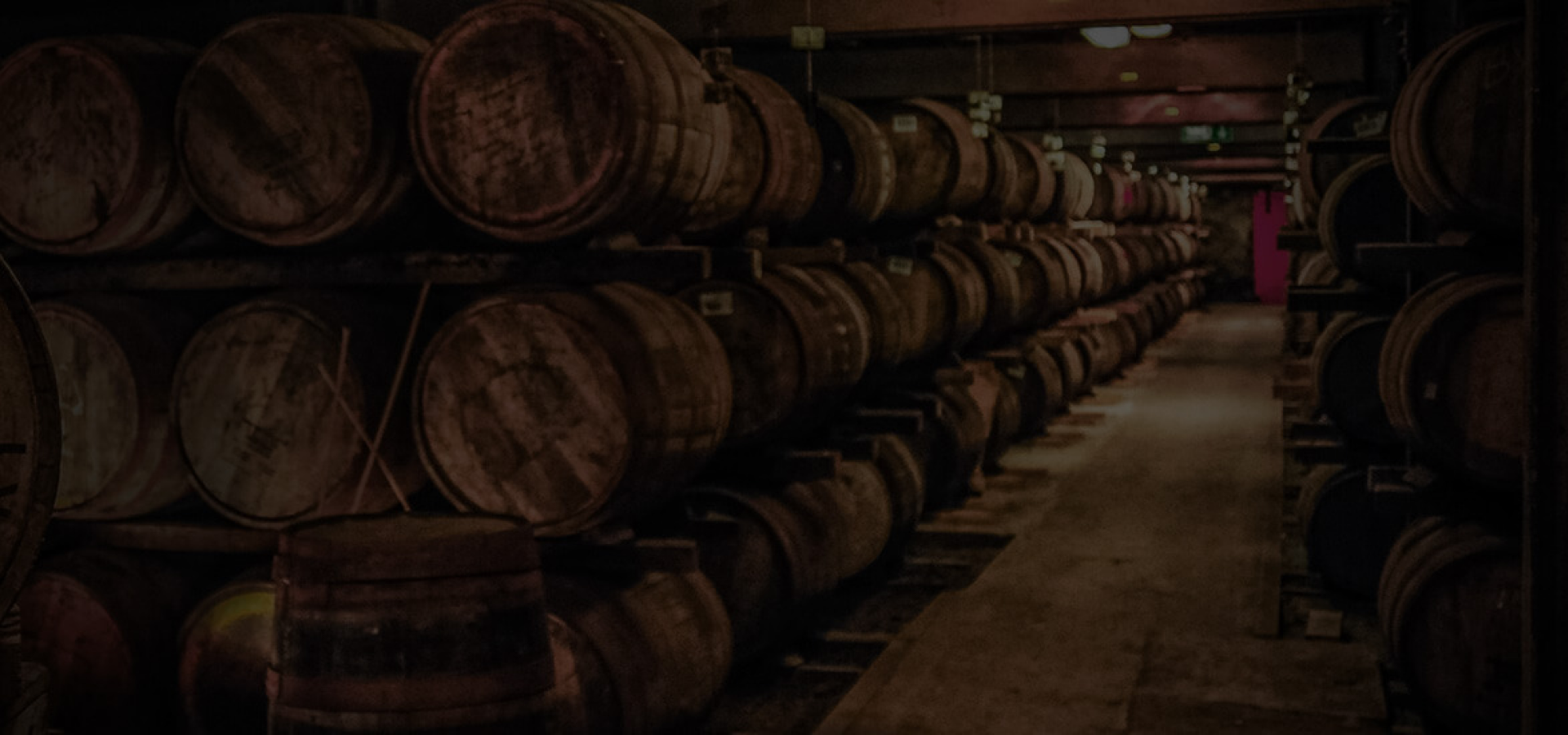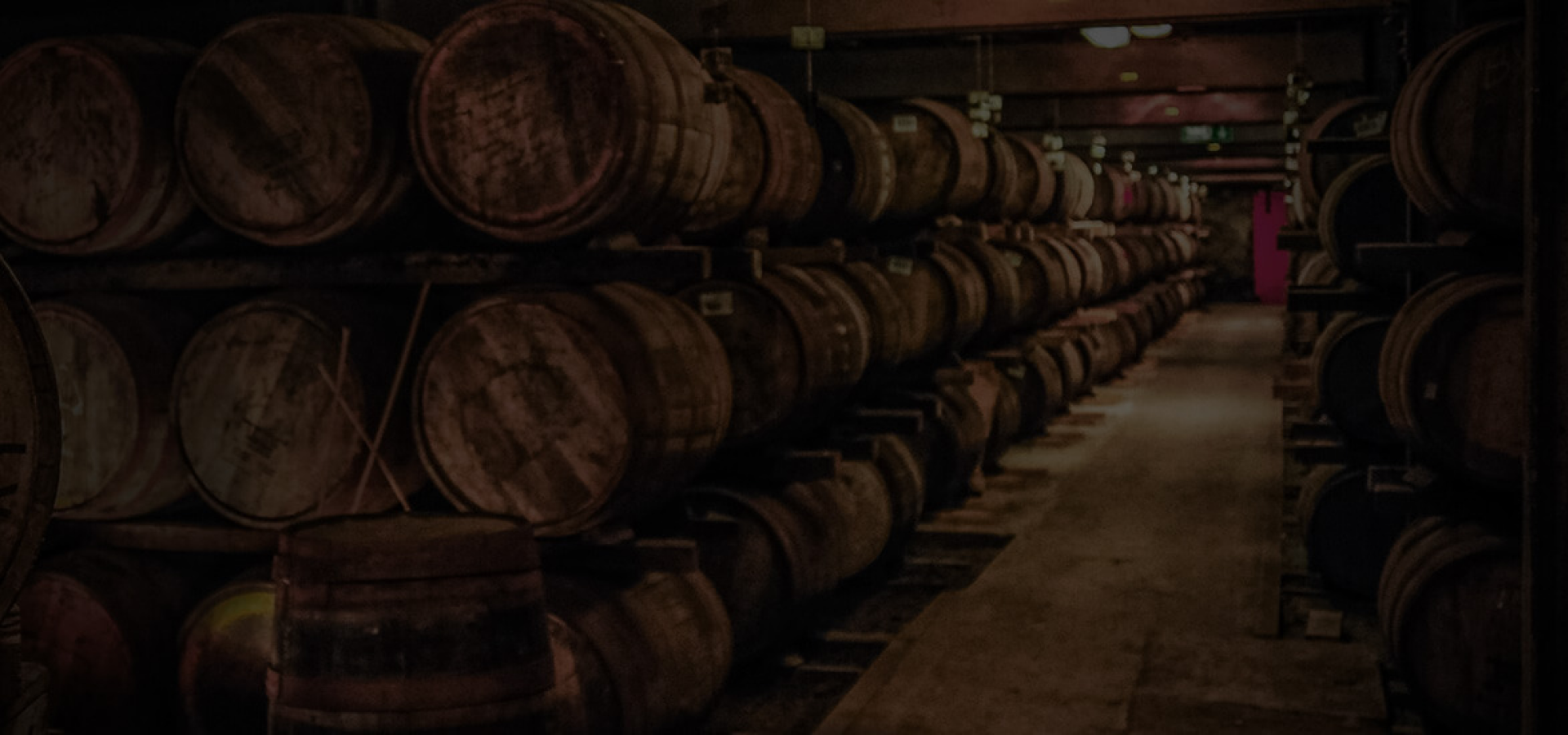
Reducing Your Carbon Footprint, One Wine Purchase At A Time
The impact of climate change on our planet has been frightening. You can see it in extreme weather events like the wildfires in Australia, British Columbia and California. Hail regularly reduces the crops of beloved wine regions such as Burgundy and Champagne, and frost damages vineyards that were never threatened before.
Consumers want to be part of the solution but they are not sure how. One of the biggest differences we can make is by purchasing a wine sold in packaging with a reduced carbon footprint.
The wine industry revolves around tradition. There is an emotional attachment around the ritual of opening a bottle of wine at the table, but there is also a preconceived notion that a heavy bottle contains higher quality wine than a lightweight bottle. Be-cause of this the wine industry has been slow to adopt alternative packaging, which is one of the most effective ways of reducing their carbon footprint.
Nordic countries have been good at embracing environmentally friendly packaging and communicating to consumers the benefits to the environment. Alko, the monopoly in Finland, shared information that shows the carbon footprint associated with different types of packaging, making it easier to understand. While a traditional glass bottle of wine (540 grams) has a 675 CO2e/L, a lightweight glass bottle (420 grams) has a 525 CO2e/L. Better yet, an aluminum can has 190 CO2e/L, a wine pouch 96 CO2e/L and a Bag in Box 70 CO2e/L.

Recent Posts

The True Origin Of Champagne Probably Isn't What You Think
February 06, 2023

Reducing Your Carbon Footprint, One Wine Purchase At A Time
February 06, 2023

Why Ordering Wine By The Bottle At Restaurants Is Better
February 06, 2023


0 COMMENTS
Leave A Comment
To post a comment you have to login first.